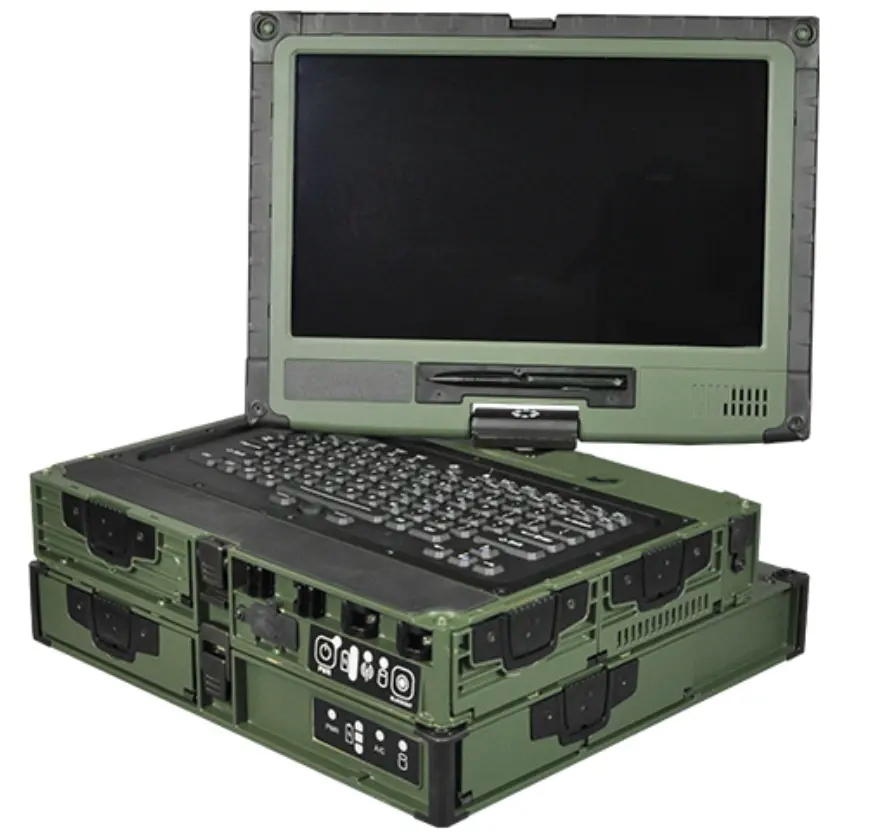Meeting & Exceeding Standards: Electromagnetic Interference

Military equipment must withstand electromagnetic interference from external environments while also limiting its own electromagnetic production. The military has specified electromagnetic output and resistance thresholds for rugged devices and systems, ensuring they operate reliably under extreme conditions.
MIL-STD-461 – Control of Electromagnetic Interference Characteristics
This standard specifies resistance requirements for systems and equipment functioning among electromagnetic interference. It also specifies threshold requirements for the release of electromagnetic energy from systems and equipment that could interfere with nearby devices. There are various threshold requirements dependent on the nature of equipment and systems and their installation location. Measuring equipment is used for each test while devices are operated at specified frequencies.
Conducted Emissions Tests
Conducted emissions indicate electromagnetic energy generated by a device or system and transmitted through its power cord. These tests measure the undesired signals produced by equipment power leads and antenna ports.
Conducted Susceptibility Tests
Conducted susceptibility is a device’s or system’s vulnerability to conducted emissions. These tests measure undesired signals produced by equipment when exposed to interference produced by power leads, antenna ports, transients, bulk cables and personnel-borne electrostatic discharge.
Radiated Emissions Tests
Radiated emissions result from the unintentional generation of electromagnetic energy from a device or system. These tests measure magnetic and electric field emissions from equipment and spurious and harmonic emissions from transmitters.
Radiated Susceptibility Tests
Radiated susceptibility is a device’s vulnerability to radiated emissions. These tests measure undesired signals produced by equipment when exposed to magnetic, electric and transient electromagnetic fields.
MIL-STD-464 – Electromagnetic Environmental Effects Requirements
This standard is similar to MIL-STD-461 but specifies threshold requirements for electromagnetic resistance of larger airborne, sea, space and ground systems. Testing isn’t specified but suggested to verify compliance. Systems must withstand their own internal electromagnetic forces, environmental electromagnetic interference and pulses and possess the ability to dissipate electrostatic charge. Vehicles that contain systems, such as ship or plane, must limit their electromagnetic output to specifications. Space applications must be free of multipaction effects (breakdown due to high electric fields within a vacuum).

Sealevel Military Standards
Sealevel is experienced in designing and manufacturing equipment to meet MIL-STD-461 and MIL-STD-464 ratings. Sealevel’s team completes in-house testing and precertification to ensure devices meet – or exceed – standards. Specifically, Sealevel worked with a customer to develop a military laptop docking station, creating a turn-key solution from design to production. In addition to meeting multiple specifications under MIL-STD-810, the device was also required to pass testing under MIL-STD-464 for conducted emissions and conducted susceptibility.
Categories:
